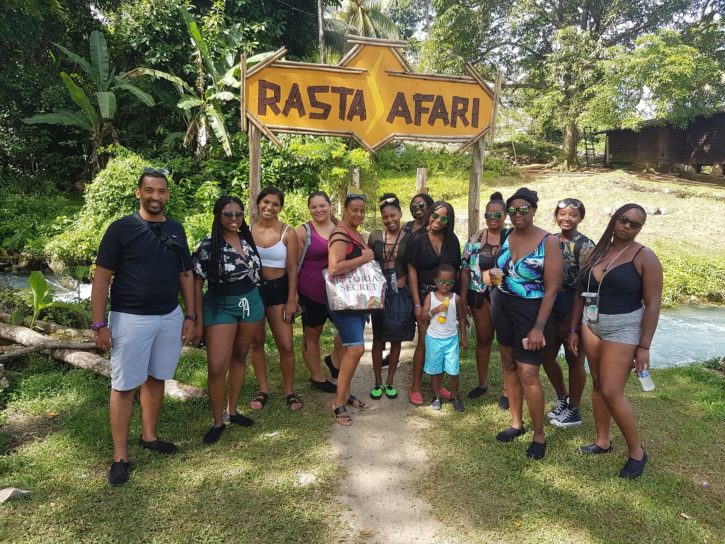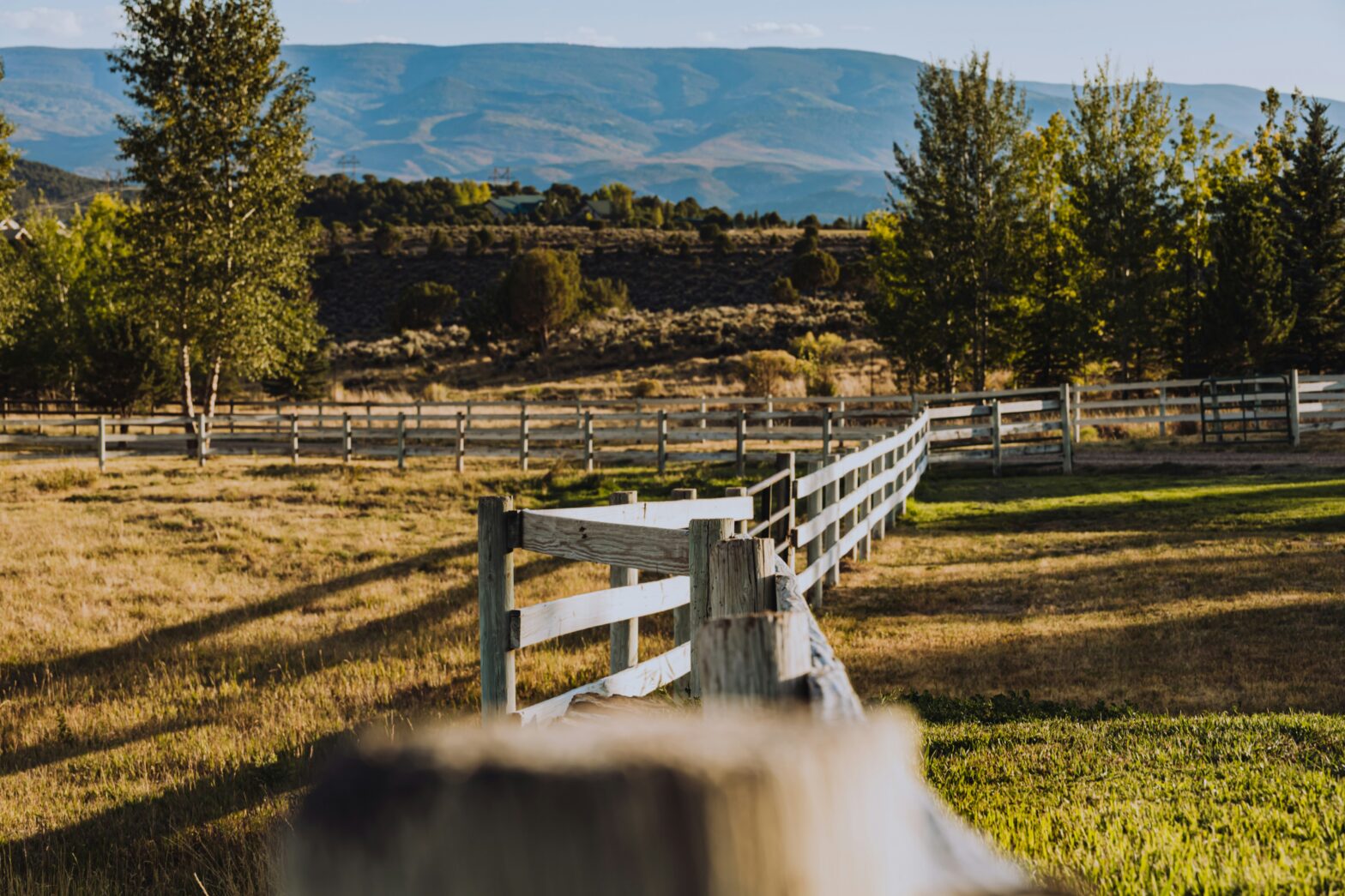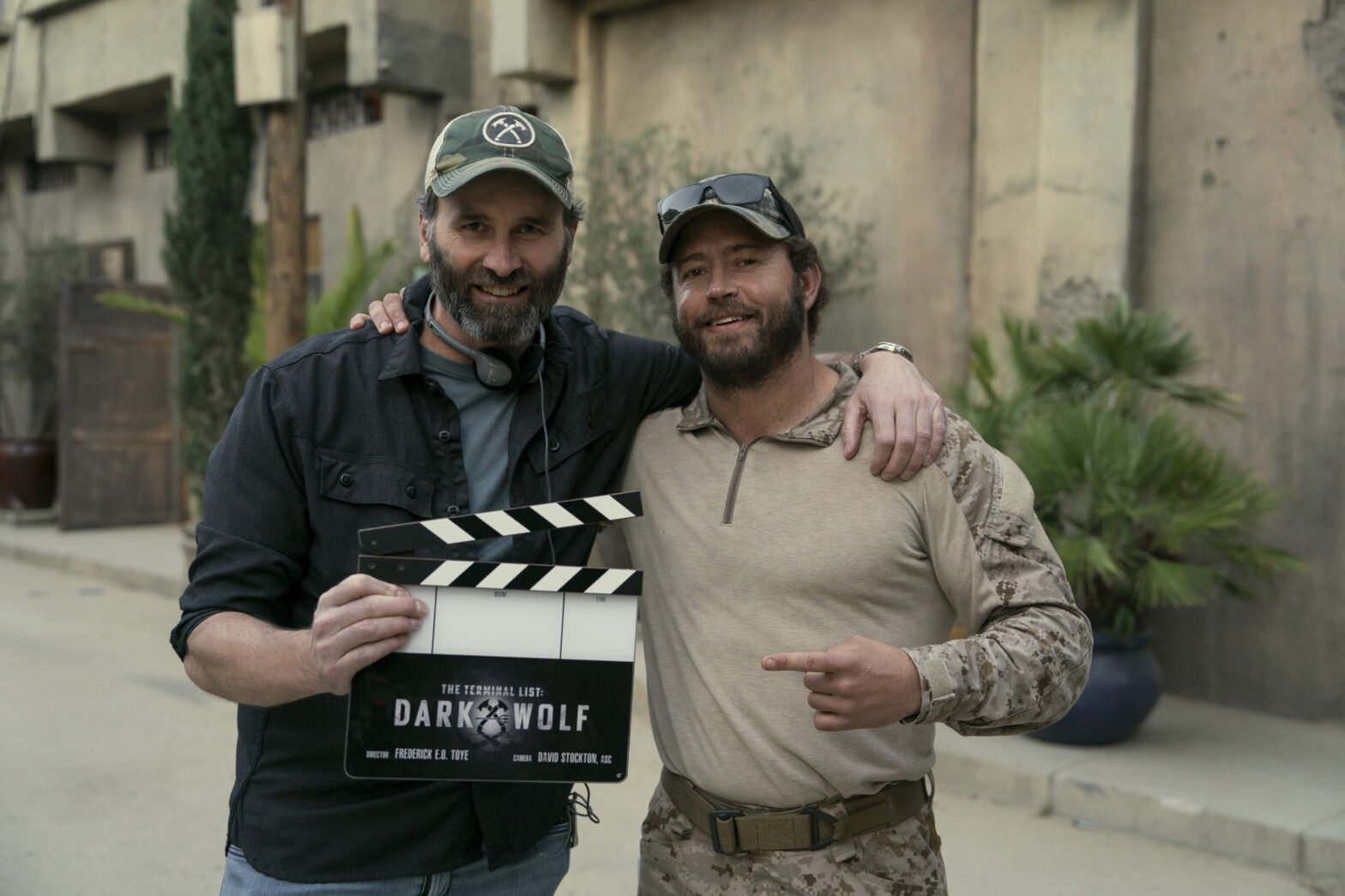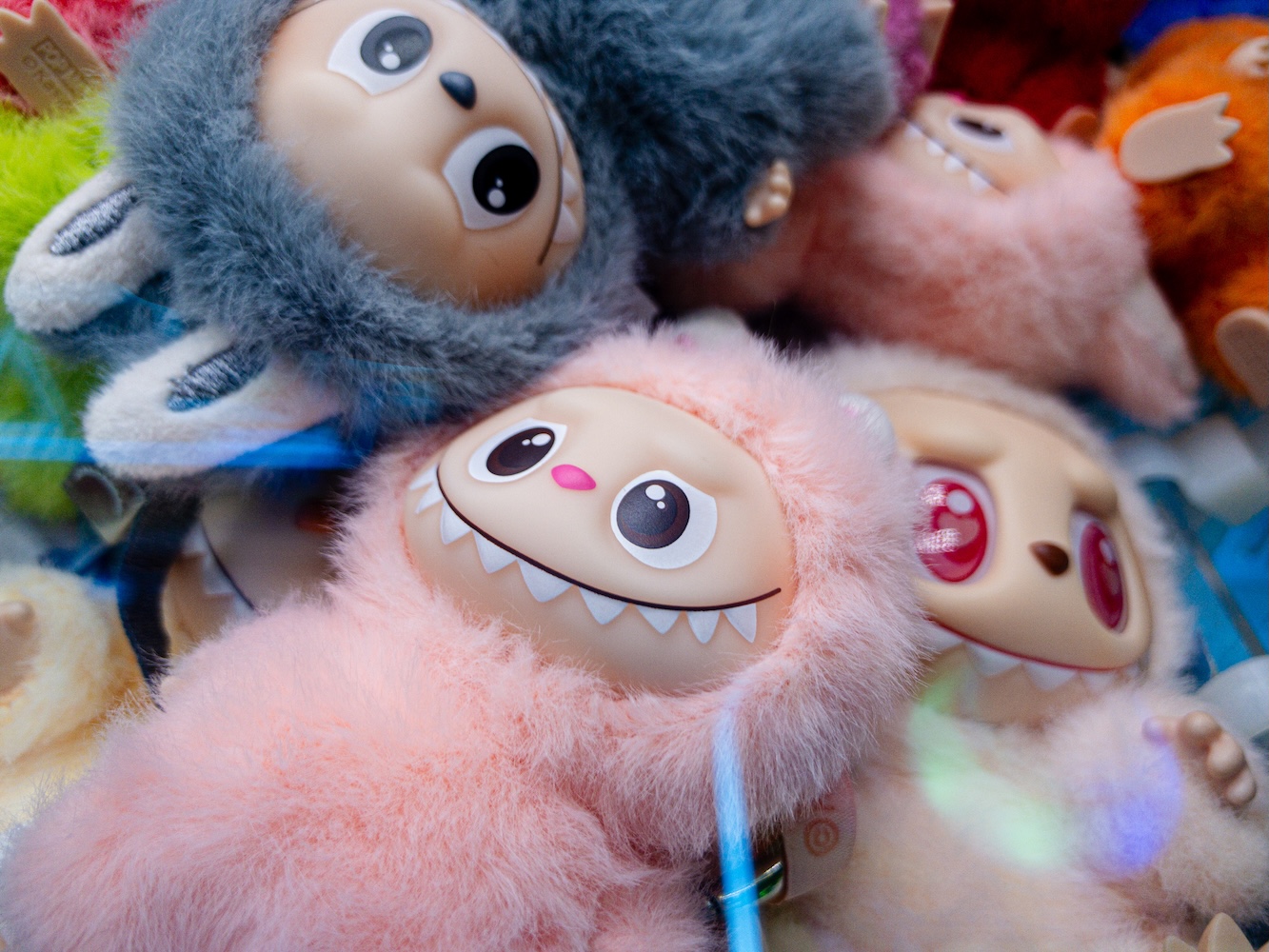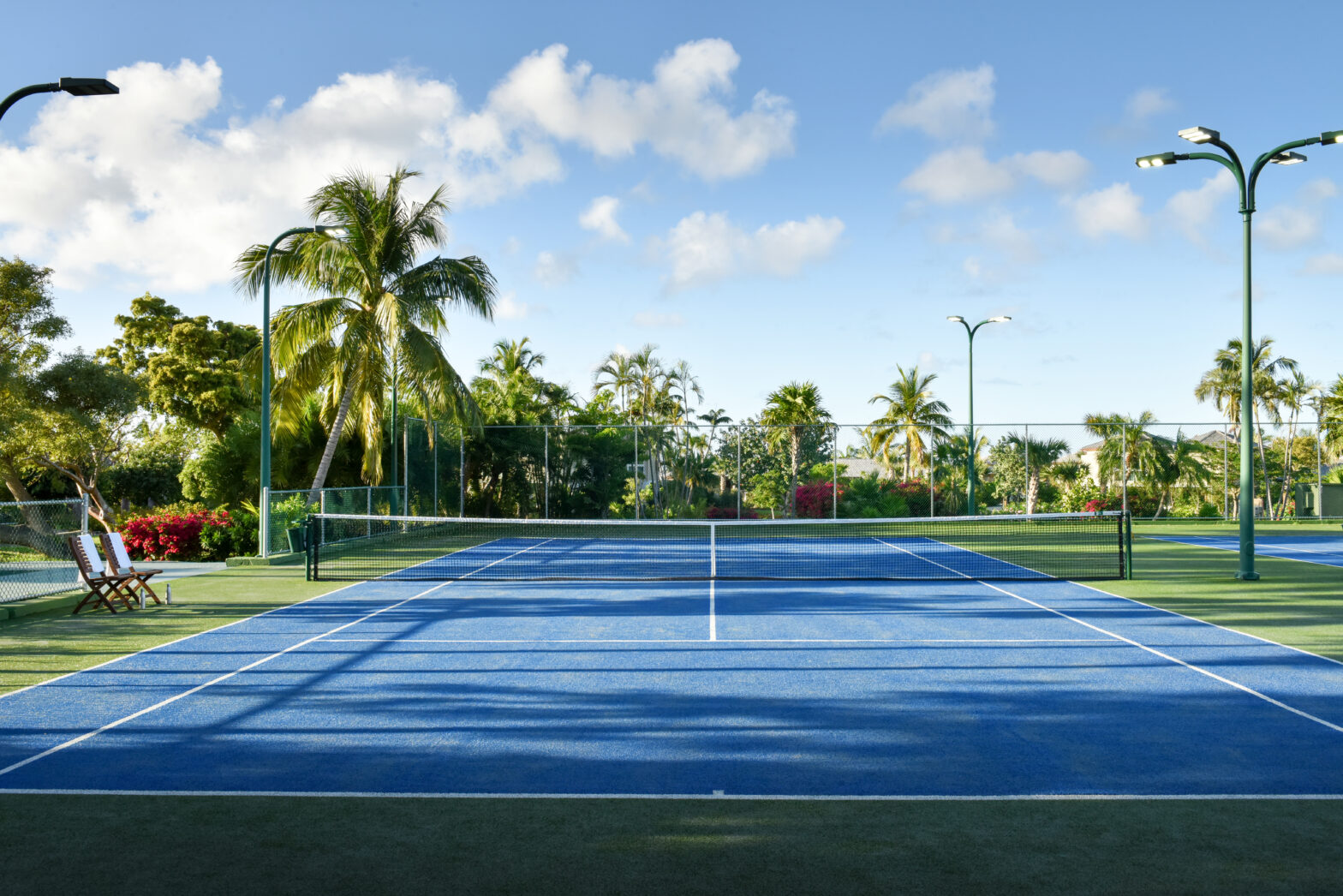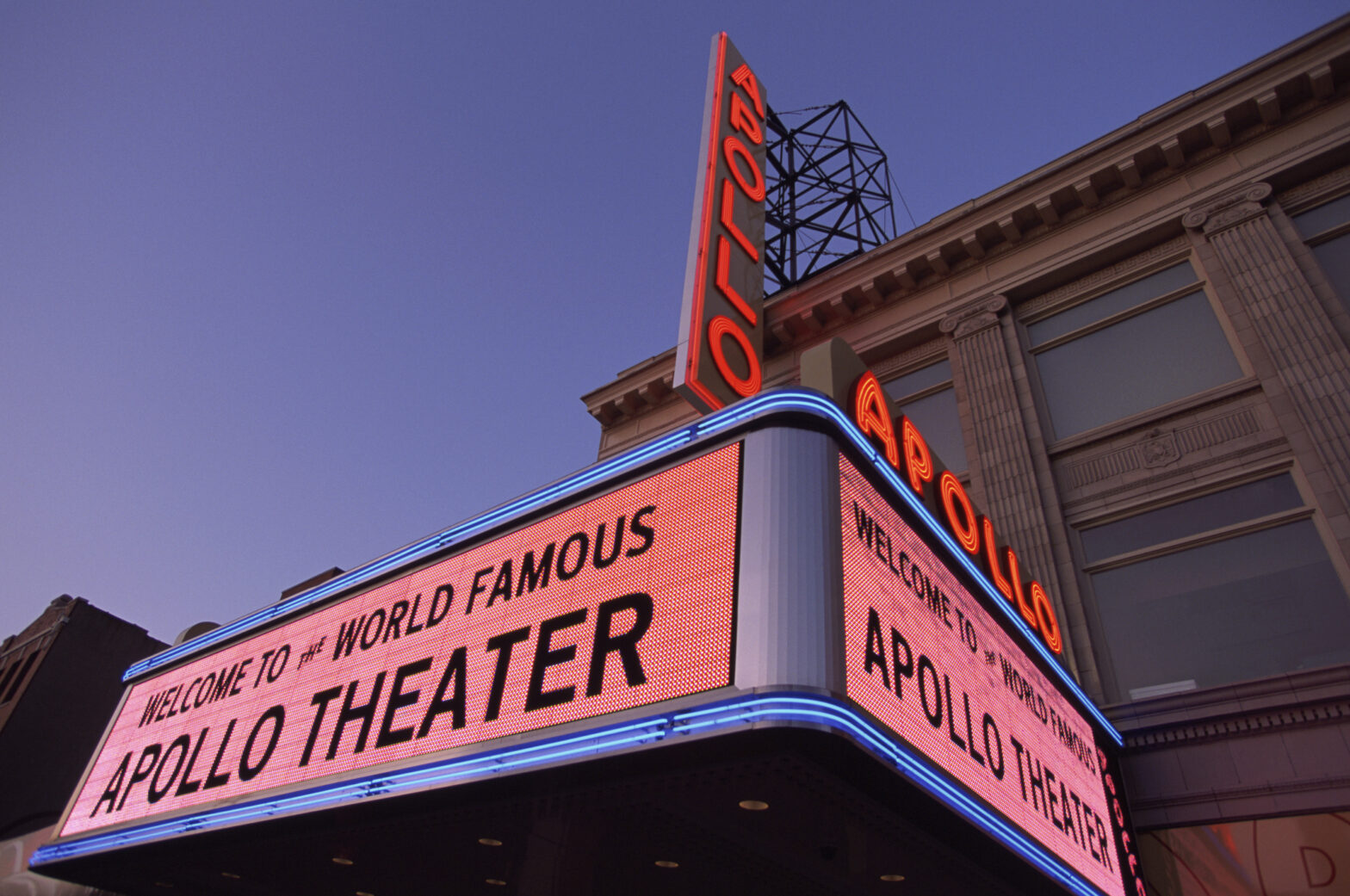Rastafari or Rastafarianism is an Afrocentric faith that originated in Jamaica during the 1930s. One of the most important figures in the Rastafarian movement was Haile Selassie, the Emperor of Ethiopia between 1930 and 1974. The former emperor has been hailed as Jah (God) because following Marcus Garvey’s prophecy — “Look to Africa where a Black king shall be crowned, he shall be the Redeemer” — Selassie ascended to the position of Emperor.
A symbol most commonly associated with Rastafari is wearing dreadlocks. The movement’s ice, green, and gold colors are a nod to the Ethiopian flag. For rastas, smoking cannabis is a form of connecting with Jah, increasing spiritual awareness, and attaining a level of ‘consciousness.’ Some of the most legendary Jamaican musicians were followers of Rastafarianism and wove it into their music including iconic reggae artists Bob Marley and Peter Tosh.
The history of Rastafari is worthy of exploration and The Rastasafari Experience is doing its small part to help visitors to Jamaica‘s shores get acquainted. It starts with understanding the movement.
“They’re really spiritual beings. They are really down to earth, close to Mother Nature, and they are ItaI. What Ital means is that they eat only vegetarian and everything that comes from the ground,” explained The Rastasafari Experience co-founder Phil De Bellefeuille. “That’s a very important principle for them. Also, a Rastafari person doesn’t cut his hair at all. So that’s why they have the long dreadlocks, sometimes so long that it even touches the ground.”
“Rastafari people are people that are very generous. They don’t really love money or materialistic things. They like simple living. That’s the type of life that they want to live.”
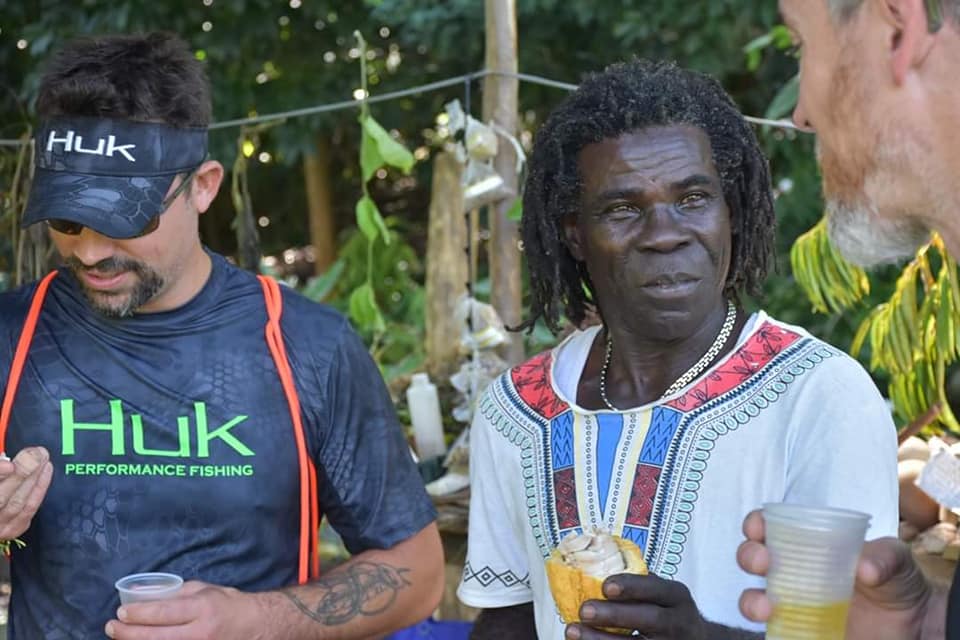
A recent census showed that less than one percent of Jamaicans identify as Rastafarian. Of those, many reside all over the island but there is a concentration in places like the Indigenous Village, an area where culture is preserved through awareness. The Rastasafari Experience wants its guests to have an authentic tour.
“We use the four-wheel ATVs. It’s like a dune buggy type of ATV, to tour all over the village; through the fields, through the hills, through the plains, through the farms, and the beautiful village of Roaring River, Westmoreland, which is a small village of 500 people,” De Bellefeuille told Travel Noire. “We have many stops, some to swim in the pure mineral springs and some to discover a beautiful Ganja field. People are going to learn about Jamaican culture and history. People also get to taste fruits directly from the trees, and they go into a sugarcane field where they can eat fresh sugarcane. They meet an herbal medicine man, to teach about the plants and their benefits.”
The Rastasafari Experience is a collaboration between Phil, his father Claude, and local Rastafarian Culture Marley Vassell. The idea took root after Claude met Vassell selling his wares on the beach during a vacation in Negril. Vassell encouraged the senior De Bellefeuille to explore the countryside and the two spent the day in Roaring River.
De Bellefeuille returned to Montreal with the promise that he would consider potential business ideas for Vassell. Phil suggested a tour and, as they say, the rest is history. The company offers half-day tours, seven days a week as long as there are reservations. If not executed well, community tourism ventures run the risk of being exploitative and voyeuristic, but The Rastasafari Experience is focused on making this beneficial to all involved.
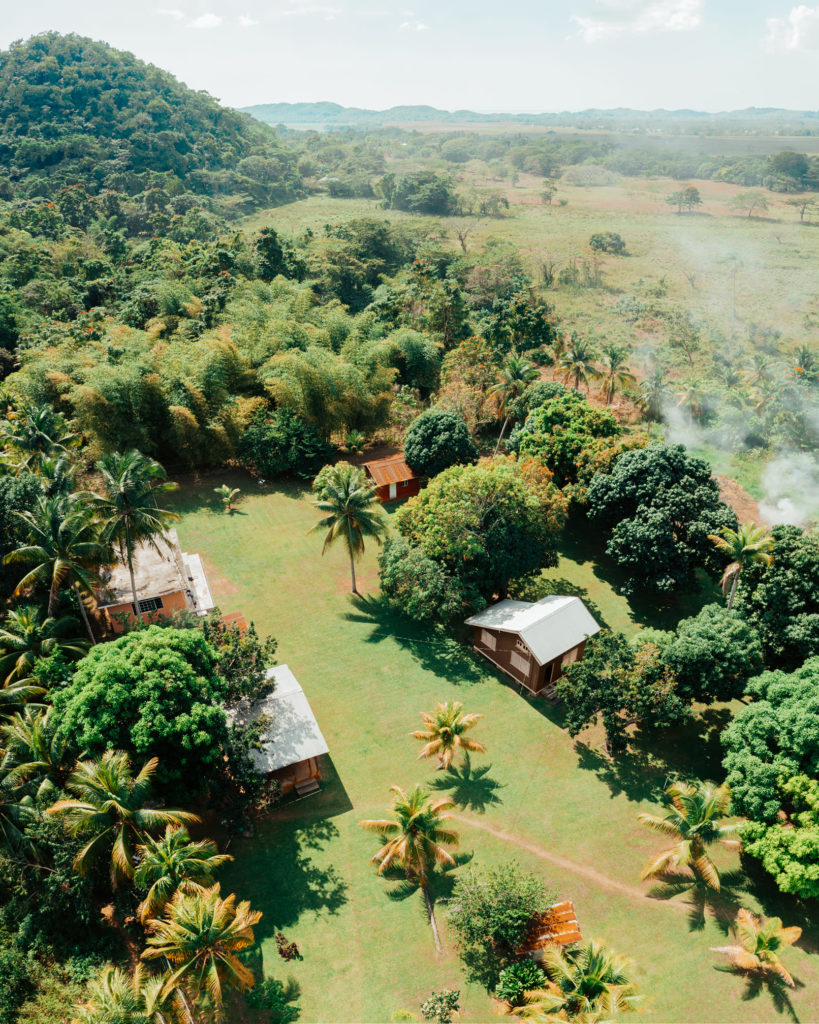
“This village already had tourism because they have a cave at the entrance. They were pretty much used to the tourism, but it came down in the last, I would say, five to 10 years. When we came along with Culture Marley as a partner, everybody was so happy and so thankful. We have many tourists who came over the years that we’ve been operating, and the people are just grateful, and they’re really happy to see the place. It’s a win-win situation because the tourists appreciate the people and the people appreciate the tourists bringing some good income for the locals here.”
Find out more about The Rastasafari Experience here.
